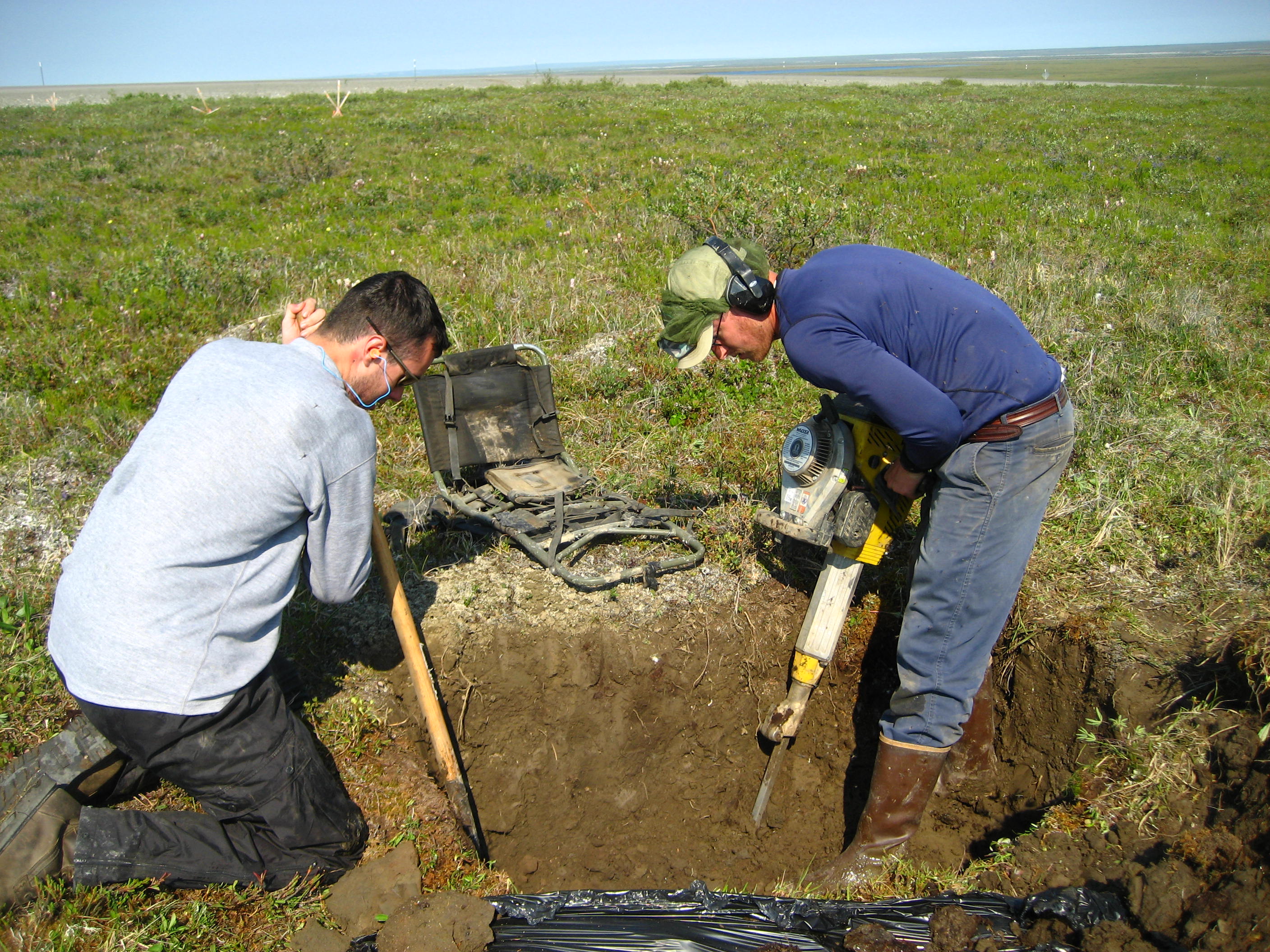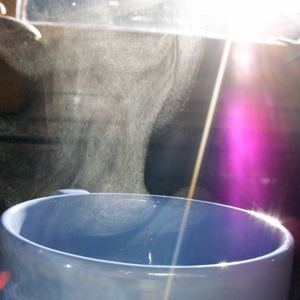|
Ice Caves
An ice cave is any type of natural cave (most commonly lava tubes or limestone caves) that contains significant amounts of perennial (year-round) ice. At least a portion of the cave must have a temperature below 0 °C (32 °F) all year round, and water must have traveled into the cave’s cold zone. Terminology This type of cave was first formally described by Englishman Edwin Swift Balch in 1900, who suggested the French term ''glacieres'' should be used for them, even though the term ''ice cave'' was then, as now, commonly used to refer to caves simply containing year-round ice. Among speleologists, ''ice cave'' is the proper English term. A cavity formed ''within'' ice (as in a glacier) is properly called a glacier cave. Types Ice caves occur as static ice caves, such as Peña Castil Ice Cave, and dynamic or cyclical ice caves, such as Eisriesenwelt. Temperature mechanisms In most of the world, bedrock caves are thermally insulated from the surface and so co ... [...More Info...] [...Related Items...] OR: [Wikipedia] [Google] [Baidu] |
Dachstein Rieseneishöhle Parzifaldom 20210918
Hoher Dachstein () is a strongly karstic mountain in central Austria and the second-highest mountain in the Northern Limestone Alps. It is situated at the border of Upper Austria and Styria, and is the highest point in each of those states. Parts of the massif also lie in the state of Salzburg (state), Salzburg, leading to the mountain being referred to as the ''Drei-Länder-Berg'' ("three-state mountain"). The Dachstein massif covers an area of around with dozens of peaks above 2,500 m, the highest of which are in the southern and southwestern areas. The main summit of the Hoher Dachstein is at an elevation of . Seen from the north, the Dachstein massif is dominated by glaciers with rocky summits rising beyond them. By contrast, to the south, the mountain drops almost vertically to the valley floor. Geology The geology of the Dachstein massif is dominated by the ''Dachstein-Kalk'' Formation ("Dachstein limestone"), dating from Triassic times. In common with other karstic ... [...More Info...] [...Related Items...] OR: [Wikipedia] [Google] [Baidu] |
Permafrost
Permafrost () is soil or underwater sediment which continuously remains below for two years or more; the oldest permafrost has been continuously frozen for around 700,000 years. Whilst the shallowest permafrost has a vertical extent of below a meter (3 ft), the deepest is greater than . Similarly, the area of individual permafrost zones may be limited to narrow mountain summits or extend across vast Arctic regions. The ground beneath glaciers and ice sheets is not usually defined as permafrost, so on land, permafrost is generally located beneath a so-called active layer of soil which freezes and thaws depending on the season. Around 15% of the Northern Hemisphere or 11% of the global surface is underlain by permafrost, covering a total area of around . This includes large areas of Alaska, Canada, Greenland, and Siberia. It is also located in high mountain regions, with the Tibetan Plateau being a prominent example. Only a minority of permafrost exists in the Southern Hemi ... [...More Info...] [...Related Items...] OR: [Wikipedia] [Google] [Baidu] |
Icicle
An icicle is a spike of ice formed when water falling from an object freezes. Formation and dynamics Icicles can form during bright, sunny, but subfreezing weather, when ice or snow melted by sunlight or some other heat source (such as a poorly insulated building), refreezes as it drips off under exposed conditions. Over time continued water runoff will cause the icicle to grow. Another set of conditions is during ice storms, when rain falling in air slightly below freezing slowly accumulates as numerous small icicles hanging from twigs, leaves, wires, etc. Thirdly, icicles can form wherever water seeps out of or drips off vertical surfaces such as road cuts or cliffs. Under some conditions these can slowly form the "frozen waterfalls" favored by ice climbers. Icicles form on surfaces which might have a smooth and straight, or irregular shape, which in turn influences the shape of an icicle. Another influence is melting water, which might flow toward the icicle in a stra ... [...More Info...] [...Related Items...] OR: [Wikipedia] [Google] [Baidu] |
Glacier
A glacier (; or ) is a persistent body of dense ice, a form of rock, that is constantly moving downhill under its own weight. A glacier forms where the accumulation of snow exceeds its ablation over many years, often centuries. It acquires distinguishing features, such as crevasses and seracs, as it slowly flows and deforms under stresses induced by its weight. As it moves, it abrades rock and debris from its substrate to create landforms such as cirques, moraines, or fjords. Although a glacier may flow into a body of water, it forms only on land“Glacier, N., Pronunciation.” Oxford English Dictionary, Oxford UP, June 2024, https://doi.org/10.1093/OED/7553486115. Accessed 25 Jan. 2025. and is distinct from the much thinner sea ice and lake ice that form on the surface of bodies of water. On Earth, 99% of glacial ice is contained within vast ice sheets (also known as "continental glaciers") in the polar regions, but glaciers may be found in mountain ranges on ever ... [...More Info...] [...Related Items...] OR: [Wikipedia] [Google] [Baidu] |
Sublimation (chemistry)
Sublimation is the Phase transition, transition of a substance directly from the solid to the gas state, without passing through the liquid state. The verb form of sublimation is ''sublime'', or less preferably, ''sublimate''. ''Sublimate'' also refers to the product obtained by sublimation. The point at which sublimation occurs rapidly (for further details, see #False correspondence with vaporization, below) is called critical sublimation point, or simply sublimation point. Notable examples include sublimation of dry ice at room temperature and atmospheric pressure, and that of solid iodine with heating. The reverse process of sublimation is deposition (phase transition), ''deposition'' (also called ''desublimation''), in which a substance passes directly from a gas to a solid phase, without passing through the liquid state. Technically, all solids may sublime, though most sublime at extremely low rates that are hardly detectable under usual conditions. At standard condi ... [...More Info...] [...Related Items...] OR: [Wikipedia] [Google] [Baidu] |
Plasticity (physics)
In physics and materials science, plasticity (also known as plastic deformation) is the ability of a solid material to undergo permanent Deformation (engineering), deformation, a non-reversible change of shape in response to applied forces. For example, a solid piece of metal being bent or pounded into a new shape displays plasticity as permanent changes occur within the material itself. In engineering, the transition from Elasticity (physics), elastic behavior to plastic behavior is known as Yield (engineering), yielding. Plastic deformation is observed in most materials, particularly metals, soils, Rock (geology), rocks, concrete, and foams. However, the physical mechanisms that cause plastic deformation can vary widely. At a crystalline scale, plasticity in metals is usually a consequence of dislocations. Such defects are relatively rare in most crystalline materials, but are numerous in some and part of their crystal structure; in such cases, plastic crystallinity can resul ... [...More Info...] [...Related Items...] OR: [Wikipedia] [Google] [Baidu] |
Evaporative Cooling
An evaporative cooler (also known as evaporative air conditioner, swamp cooler, swamp box, desert cooler and wet air cooler) is a device that cools air through the evaporation of water. Evaporative cooling differs from other air conditioning systems, which use vapor-compression or absorption refrigeration cycles. Evaporative cooling exploits the fact that water will absorb a relatively large amount of heat in order to evaporate (that is, it has a large enthalpy of vaporization). The temperature of dry air can be dropped significantly through the phase transition of liquid water to water vapor (evaporation). This can cool air using much less energy than refrigeration. In extremely dry climates, evaporative cooling of air has the added benefit of conditioning the air with more moisture for the comfort of building occupants. The cooling potential for evaporative cooling is dependent on the wet-bulb depression, the difference between dry-bulb temperature and wet-bulb temperatur ... [...More Info...] [...Related Items...] OR: [Wikipedia] [Google] [Baidu] |
Condensation
Condensation is the change of the state of matter from the gas phase into the liquid phase, and is the reverse of vaporization. The word most often refers to the water cycle. It can also be defined as the change in the state of water vapor to liquid water when in contact with a liquid or solid surface or cloud condensation nuclei within the atmosphere. When the transition happens from the gaseous phase into the solid phase directly, the change is called deposition. Condensation is usually associated with water. Initiation Condensation is initiated by the formation of atomic/molecular clusters of that species within its gaseous volume—like rain drop or snow flake formation within clouds—or at the contact between such gaseous phase and a liquid or solid surface. In clouds, this can be catalyzed by water-nucleating proteins, produced by atmospheric microbes, which are capable of binding gaseous or liquid water molecules. Reversibility scenarios A few distinct rev ... [...More Info...] [...Related Items...] OR: [Wikipedia] [Google] [Baidu] |
Evaporation
Evaporation is a type of vaporization that occurs on the Interface (chemistry), surface of a liquid as it changes into the gas phase. A high concentration of the evaporating substance in the surrounding gas significantly slows down evaporation, such as when humidity affects rate of evaporation of water. When the molecules of the liquid collide, they transfer energy to each other based on how they collide. When a molecule near the surface absorbs enough energy to overcome the vapor pressure, it will escape and enter the surrounding air as a gas. When evaporation occurs, the energy removed from the vaporized liquid will reduce the temperature of the liquid, resulting in evaporative cooling. On average, only a fraction of the molecules in a liquid have enough heat energy to escape from the liquid. The evaporation will continue until an equilibrium is reached when the evaporation of the liquid is equal to its condensation. In an enclosed environment, a liquid will evaporate unt ... [...More Info...] [...Related Items...] OR: [Wikipedia] [Google] [Baidu] |
Latent Heat
Latent heat (also known as latent energy or heat of transformation) is energy released or absorbed, by a body or a thermodynamic system, during a constant-temperature process—usually a first-order phase transition, like melting or condensation. Latent heat can be understood as hidden energy which is supplied or extracted to change the state of a substance without changing its temperature or pressure. This includes the latent heat of fusion (solid to liquid), the latent heat of vaporization (liquid to gas) and the latent heat of sublimation (solid to gas). The term was introduced around 1762 by Scottish chemist Joseph Black. Black used the term in the context of calorimetry where a heat transfer caused a volume change in a body while its temperature was constant. In contrast to latent heat, sensible heat is energy transferred as heat, with a resultant temperature change in a body. Usage The terms ''sensible heat'' and ''latent heat'' refer to energy transferred between a ... [...More Info...] [...Related Items...] OR: [Wikipedia] [Google] [Baidu] |
Vapor
In physics, a vapor (American English) or vapour (Commonwealth English; American and British English spelling differences#-our, -or, see spelling differences) is a substance in the gas phase at a temperature lower than its critical temperature,R. H. Petrucci, W. S. Harwood, and F. G. Herring, ''General Chemistry'', Prentice-Hall, 8th ed. 2002, p. 483–86. which means that the vapor can be condensation, condensed to a liquid by increasing the pressure on it without reducing the temperature of the vapor. A vapor is different from an aerosol. An aerosol is a suspension of tiny particles of liquid, solid, or both within a gas. For example, water has a critical temperature of , which is the highest temperature at which liquid water can exist at any pressure. In the Earth's atmosphere, atmosphere at ordinary temperatures gaseous water (known as water vapor) will condense into a liquid if its partial pressure is increased sufficiently. A vapor may co-exist with a liquid (or a solid). ... [...More Info...] [...Related Items...] OR: [Wikipedia] [Google] [Baidu] |




